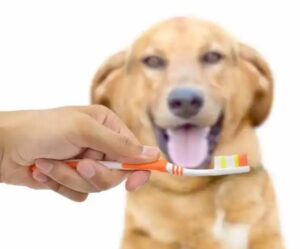I te aroaro o ta matou kuri aroha e mau kakahu hou ana kaore e taea te hikoi, and instead adopting the unusual walking method of jumping on one foot, we must first remain calm. We can adopt a series of gentle and effective methods to help the dog gradually adapt and overcome this problem.
Step 1: Understand the behavior of dogs
- 1.Dogs may not be able to walk after putting on clothes, possibly because the clothing restricts their natural movements, especially if the clothing is too tight, the material is uncomfortable, or the design is unreasonable. I tua atu, dogs have very sensitive touch and vision, and the unfamiliar touch and visual changes brought by new clothes may also make them feel uneasy.
Step 2: Check the clothing
- Size suitability: Tuatahi, confirm whether the clothing fits well, as being too tight or too loose can cause discomfort. Suitable clothing should be easy to put on and take off, without restricting the dog’s movement, and also without slipping off.
- Material selection: Ensure that the clothing material is soft, breathable, and non irritating, and avoid using synthetic materials that may cause allergies or discomfort.
- Design considerations: Check if the clothing design takes into account the dog’s freedom of movement, especially the joints and tail, to avoid tight or obstructed parts.
Step 3: Gradually guide adaptation
- Short try on: When trying for the first time, do not force the dog to wear clothing for a long time. You can start with a few minutes and gradually increase the time to let the dog adapt slowly.
- Positive encouragement: During the dog’s try on period, encourage with gentle voice and body language, and use snacks as a reward to link dressing with positive experiences.
- Gradually increase activities: After the dog gradually adapts to the clothes, it can try to perform simple activities while wearing clothes, such as walking slowly, sitting down, and lying down at home, gradually increasing the difficulty until the dog can move freely.
Step 4: Observation and Adjustment
- Observing reactions: Throughout the entire adaptation process, closely observe the dog’s reactions and pay attention to whether there are any signs of excessive licking, scratching, or obvious discomfort.
- Timely adjustment: If clothing is found to be unsuitable or has any potential problems, it should be adjusted or replaced immediately.
- Professional consultation: If the dog continues to show strong discomfort or resistance, it is recommended to consult a veterinarian or professional pet behavior trainer for more professional guidance and advice.
Step 5: Establish trust and habits
- Patience and persistence: Each dog’s adaptation speed is different, requiring the owner’s patience and persistence. Don’t give up because of temporary frustration, continuous effort and positive guidance are key.
- Daily habits: Once the dog has adapted to wearing clothes, it can be considered as a daily habit for specific occasions (such as going out in cold weather, celebrating holidays, etc.), but it is also important to ensure that the dog is given enough “no clothes” time to maintain its natural state.






